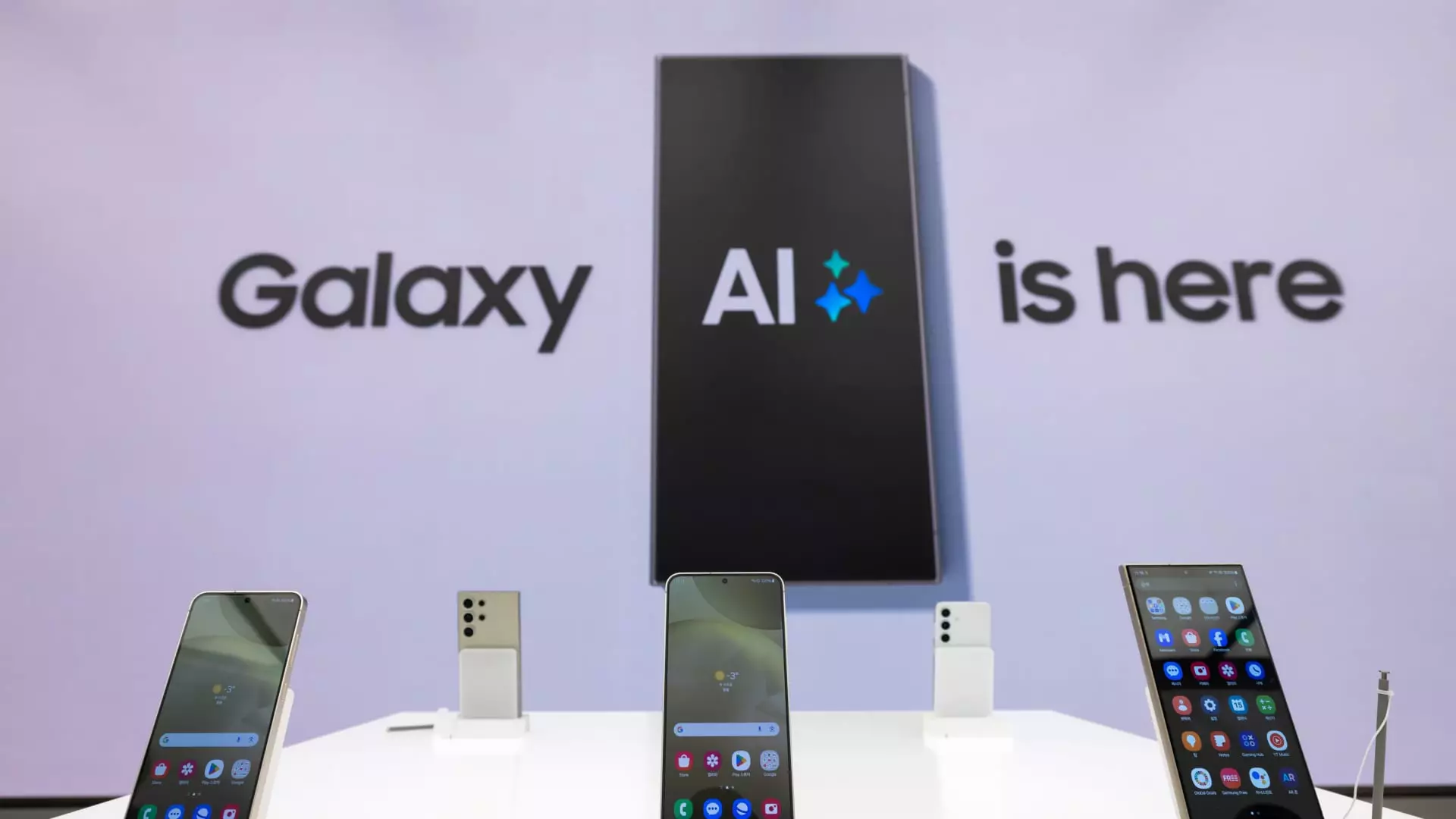Artificial intelligence (AI) has been making waves in the smartphone industry, with major players looking to leverage AI technology to drive sales. The buzz around AI phones has been fueled by the launch of OpenAI’s ChatGPT in 2022, sparking interest in generative AI models capable of producing text, images, and more. Smartphone manufacturers are gearing up to showcase their AI capabilities at the Mobile World Congress (MWC) in Barcelona, aiming to capitalize on the AI hype that has captured the imagination of consumers worldwide.
Defining the AI Smartphone
The concept of AI in smartphones is multifaceted, with different manufacturers approaching it in various ways. Analysts agree that AI-enabled devices will feature advanced chips to support AI applications, allowing for on-device processing rather than relying on cloud-based solutions. Chipset manufacturers like Qualcomm and MediaTek have developed chips tailored for AI applications, paving the way for enhanced AI capabilities on smartphones. While AI features like background blur effects and image editing have been around for years, the introduction of large language models and generative AI represent a new frontier in smartphone AI technology.
Large language models, trained on vast amounts of data, are revolutionizing AI applications on smartphones. These models enable advanced features like generative chatbots capable of creating text or images based on user prompts. The shift towards on-device AI processing is also reshaping the smartphone landscape, with devices becoming more self-sufficient in running AI applications without the need for external servers. The potential for on-device AI to enhance security, unlock new applications, and improve overall device performance is driving smartphone manufacturers to invest heavily in AI technology.
While AI capabilities have been integrated into smartphones for some time, the era of on-device AI powered by large language models is still in its early stages. Device makers are showcasing a host of AI-powered features at events like MWC, with Samsung’s Galaxy S24 range highlighting the potential of AI in smartphones. However, the reality is that many AI features still rely on cloud processing rather than true on-device AI functionality. The challenge lies in developing compelling use cases that truly showcase the benefits of AI technology to consumers, with third-party developers playing a crucial role in driving innovation in the AI smartphone space.
The Hype vs. Reality of AI Smartphones
As smartphone manufacturers tout the AI capabilities of their devices, there is a risk of creating “AI fatigue” among consumers. The focus on AI technology must be balanced with tangible user experiences that deliver real value to consumers. Achieving “anticipatory computing” where AI learns user behavior and enhances device usability is the ultimate goal for smartphone makers, but the road to realizing this vision is paved with challenges. While 2024 may be the year where AI smartphones truly take off, the journey towards game-changing AI experiences is likely to be a long and arduous one.
The future of AI in smartphones holds immense promise, but it is essential to temper expectations with a realistic assessment of the current state of AI technology. As smartphone manufacturers navigate the complexities of integrating AI into their devices, the focus should be on delivering meaningful and transformative AI experiences that resonate with consumers. The path to AI-driven smartphones may be long and winding, but the potential rewards are undoubtedly worth the journey.

Leave a Reply